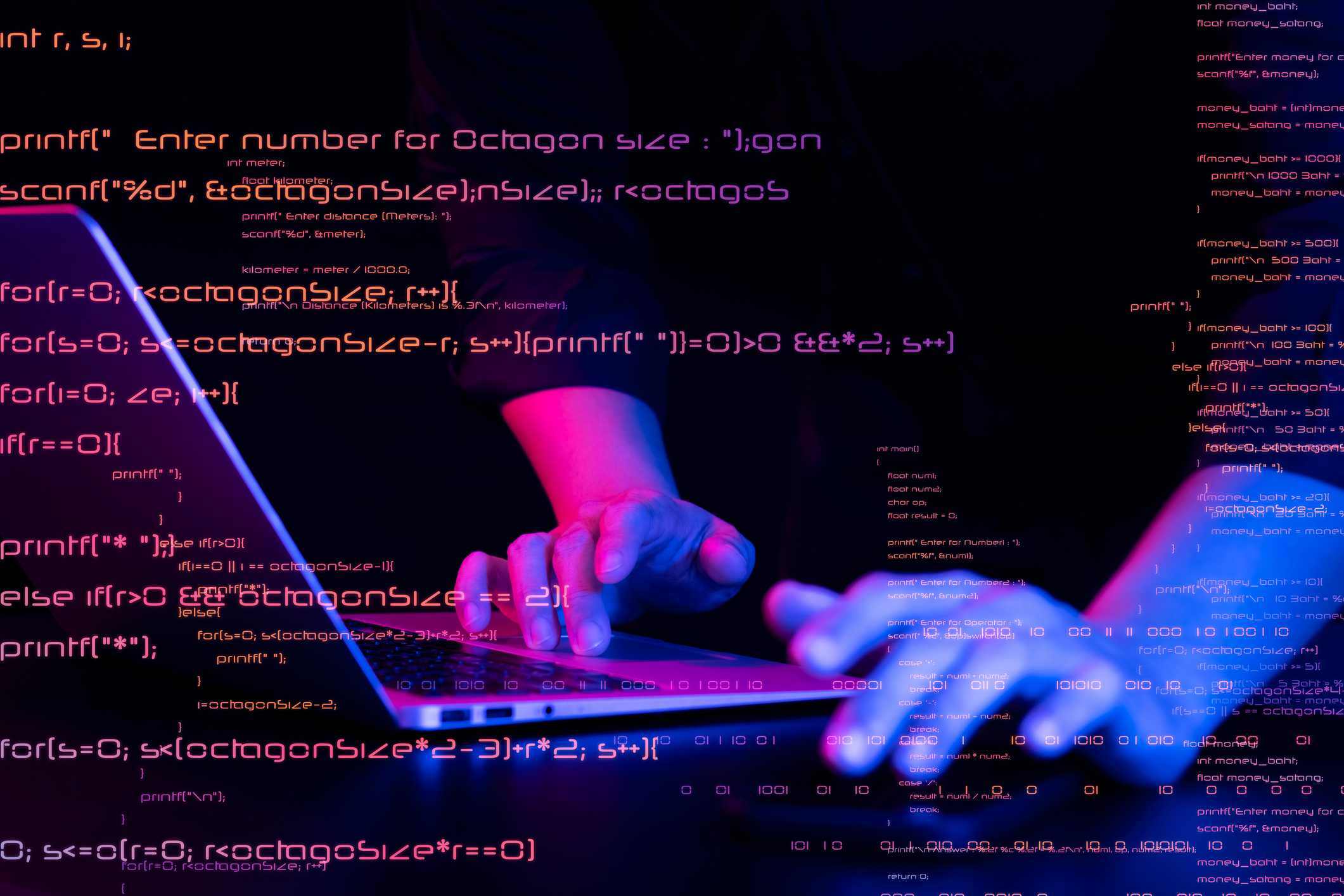The Business Impact of Phishing Attacks: Prevention and Response Strategies

 By
Jason Miller
·
3 minute read
By
Jason Miller
·
3 minute read
The Business Impact of Phishing Attacks: Prevention and Response Strategies
Phishing attacks remain one of the most prevalent and damaging cyber threats facing organizations today. From stolen credentials and financial fraud to data breaches and reputational harm, the effects of a successful phishing campaign can be far-reaching and expensive. Businesses must adopt a robust phishing attack prevention strategy to minimize risk, ensure resilience, and recover quickly in the event of an incident.
Why Phishing Attacks Are So Dangerous
Phishing attacks are designed to exploit human error, making them difficult to detect and even harder to defend against with traditional security tools. Cybercriminals use deceptive emails, fake login portals, and social engineering tactics to trick employees into disclosing sensitive information or downloading malware. Because these attacks target the human element, they can bypass even the most advanced perimeter defenses if users are unprepared.
Did You Know?
Did you know that 94% of cyberattacks start with a phishing email, and the average cost of a phishing breach for a mid-sized business can exceed $1.5 million?
The Business Impact of Phishing Attacks
1. Financial Loss and Fraud
Phishing attacks often lead to unauthorized financial transactions, fraudulent wire transfers, or ransomware infections. The financial consequences can be immediate and severe, affecting everything from cash flow to insurance premiums.
2. Data Breaches and Compliance Violations
Once credentials are compromised, attackers may gain access to sensitive customer data, trade secrets, or internal communications. Breaches involving regulated data can also lead to heavy fines for non-compliance with standards like GDPR or HIPAA.
3. Operational Downtime
A successful phishing attack may disable systems, lock employees out of accounts, or require full-scale IT investigations. These interruptions reduce productivity and can delay key business operations.
4. Damage to Brand and Reputation
Customers and partners expect organizations to protect their data. A publicized phishing incident can erode trust, impact customer loyalty, and damage long-term business relationships.
5. Increased Security Costs
Post-incident recovery often involves forensic analysis, legal fees, breach notifications, and system upgrades—all of which can place a financial burden on the organization.
Effective Strategies for Phishing Attack Prevention
1. AI-Powered Email Filtering
Traditional spam filters often miss sophisticated phishing attempts. AI-powered solutions analyze patterns, language, and sender behavior to identify and block deceptive messages before they reach users.
2. Employee Security Awareness Training
Since phishing relies heavily on human error, training employees to recognize suspicious emails, links, and requests is one of the most effective defenses. Regular simulated phishing tests reinforce learning and keep awareness high.
3. Multi-Factor Authentication (MFA)
MFA ensures that even if credentials are compromised, unauthorized access is prevented. It's a simple yet powerful way to block attackers from exploiting stolen login information.
4. Endpoint Detection and Response (EDR)
EDR tools monitor endpoints for signs of compromise and allow security teams to quickly isolate infected devices, reducing the impact of a phishing-induced malware infection.
5. Real-Time Threat Intelligence
Integrating live threat intelligence into your security stack helps detect new phishing campaigns and malicious domains before they can affect your organization.
Response Strategies When a Phishing Attack Occurs
1. Rapid Incident Identification
Use monitoring tools to detect unusual login activity, data transfers, or system anomalies that may indicate a successful phishing attempt.
2. Containment and Isolation
Immediately revoke access to compromised accounts, quarantine affected systems, and block any malicious domains or IP addresses.
3. Communication and Notification
Inform stakeholders and affected individuals in compliance with regulatory requirements. Transparency helps preserve trust and ensures proper response procedures.
4. Root Cause Analysis
Conduct a detailed investigation to understand how the attack succeeded, identify security gaps, and apply necessary patches or training improvements.
5. Post-Incident Review and Policy Updates
Use the incident as a learning opportunity. Update security policies, training content, and technical safeguards to prevent similar events in the future.
How BitLyft AIR® Supports Phishing Attack Prevention
BitLyft AIR® uses AI-driven detection, real-time monitoring, and automated response to stop phishing attacks before they cause damage. With integrated email scanning, threat intelligence, and security orchestration, BitLyft AIR® empowers businesses to prevent phishing and respond instantly when threats emerge. Learn more at BitLyft AIR® Security Automation.
FAQs
What makes phishing attacks so successful?
Phishing attacks exploit human behavior using realistic emails and social engineering, which can trick even well-trained users into sharing information or clicking malicious links.
How often should employees receive phishing training?
Ideally, phishing awareness training should be ongoing, with formal sessions held at least twice a year and simulated phishing tests conducted monthly.
Can AI really prevent phishing attacks?
Yes. AI-driven tools can analyze email content, detect anomalies, and block phishing attempts that traditional filters often miss.
What should I do if I suspect a phishing email?
Do not click any links or open attachments. Report the email to your IT or security team, and delete it from your inbox.
How does BitLyft AIR® help with phishing attack prevention?
BitLyft AIR® integrates AI, automation, and continuous monitoring to detect and block phishing emails, alert your team, and initiate rapid response procedures.